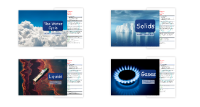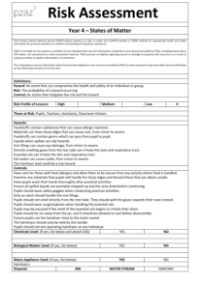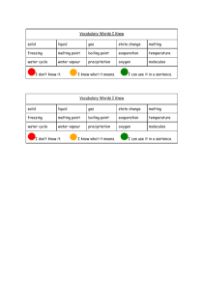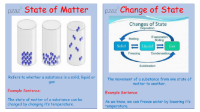States of Matter - Assessment
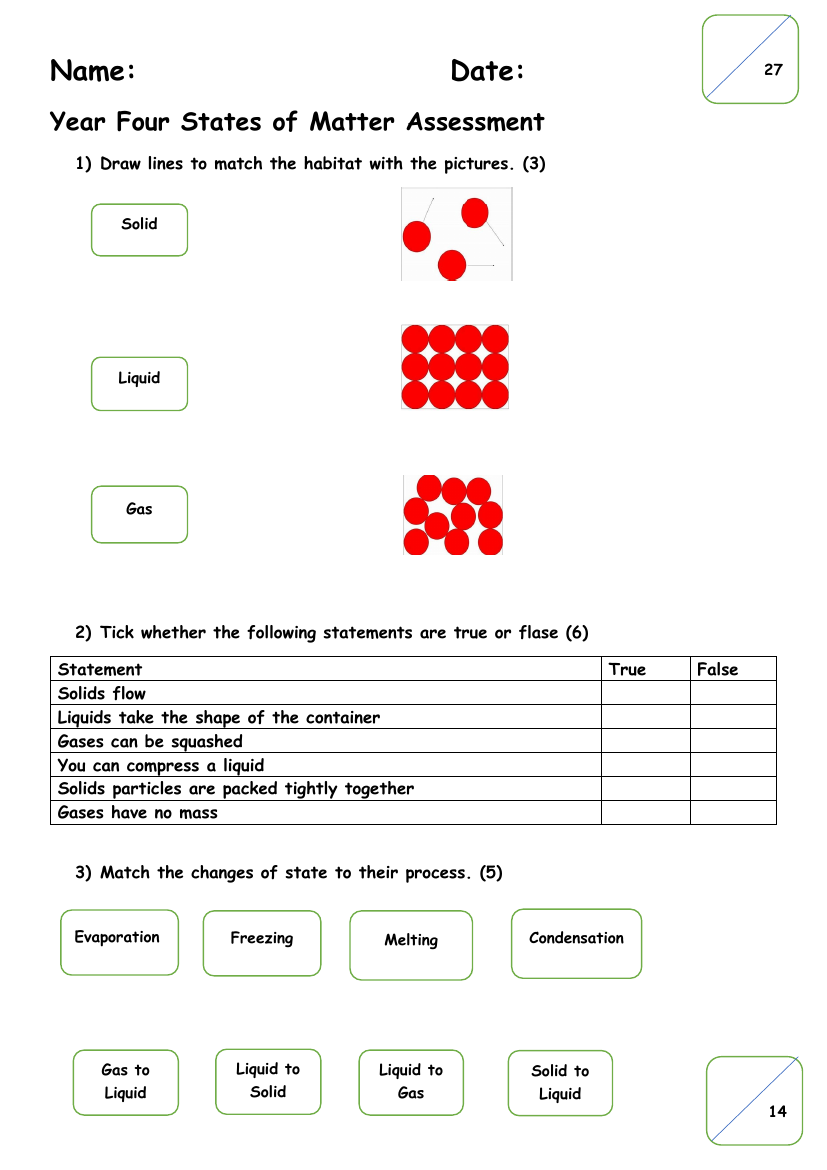
Science Resource Description
The Year Four States of Matter Assessment is designed to evaluate students' understanding of the basic principles of matter and its different states. The assessment comprises various types of questions that test the students' knowledge through matching exercises, true or false statements, and questions that require short written responses. In the first section, students are asked to draw lines to match habitats with corresponding pictures, while the second section presents statements about the properties of solids, liquids, and gases, which students must identify as true or false.
The third part of the assessment involves matching changes of state with their respective processes, such as melting, freezing, and evaporation. Students must also know the specific terms for the temperatures at which solids turn to liquids and liquids turn to gases. The assessment includes a table where students must determine the state of matter of various substances at room temperature, given their melting and boiling points. Further questions explore the water cycle, asking for the term that describes the movement of water around Earth, the stage at which water turns into vapour, the energy source driving the process, and the point at which clouds form. To complete the assessment, students are required to name two forms of precipitation, showcasing their grasp of the complete cycle and the transitions between different states of matter.

